
When introducing children to new books, consider adding to the excitement and mystery of a new title, author or series by using some creative ideas to inspire children to explore a book, genre or author that is new to them. Here are 13 fun ideas to try:
Photo and Picture Quizzes
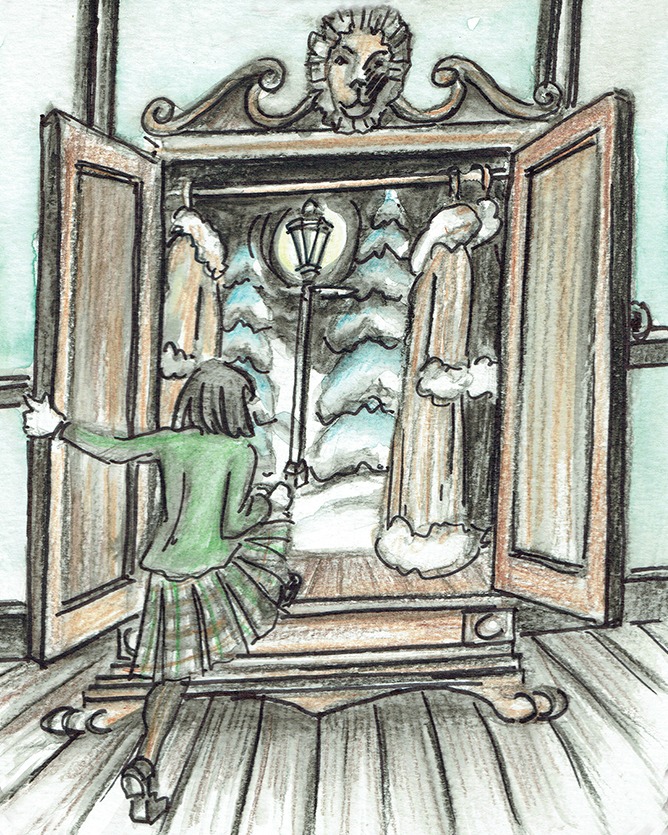
- PHOTO AND PICTURE QUIZZES
- Guess Who? Research inspirational men and women and their favourite books they read when they were younger. Display photos of these inspirational people as well as pictures of their favourite books. Invite students to match the book with the person who enjoyed it during their childhood.
- Literary photo quiz: Display photos of well known settings or scenes from books, or photos of characters and authors. Invite children to identify them.
- Piece it together: Turn a picture into a jigsaw puzzle. Reveal one piece of the puzzle at a time, perhaps with a clue to help children identify the picture. It could be a picture of a person (character or author), setting, classic book etc.
- All shall be revealed! Use emojis to give clues about a book. Reveal one emoji at a time so children use the emojis as clues to build up a bank of information about the book. You might choose to include an emoji about the author, the setting, the main characters and the plot.
Listen Up!
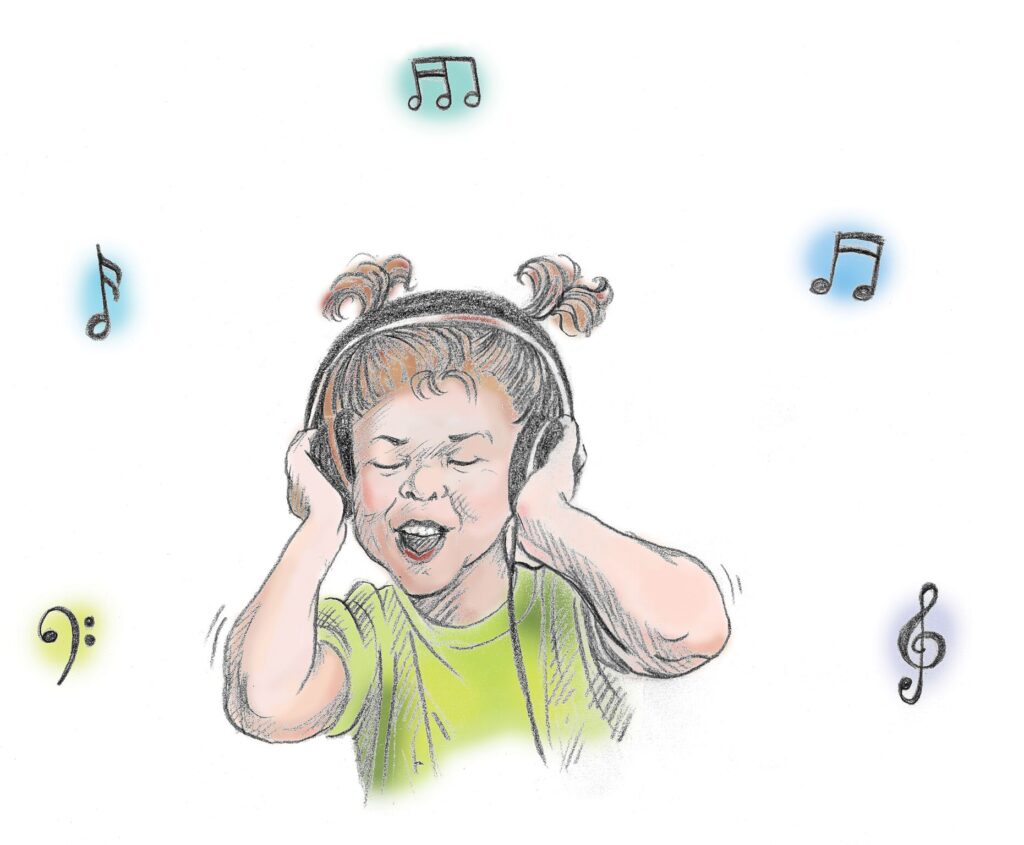
- LISTEN UP!
- Use sound effects to give clues relating to a book. You could do this by selecting some key sentences from the book and play a sound effect that complements each sentence.
- Use music to introduce children to books, authors and series. Some possible options include:
- Create a playlist for a book – choose a song to represent each of the main characters or some scenes from a book.
- Use a tune from a well known song to write new lyrics to summarise a book.
- Kids Lit Podcasts – podcasts are an excellent resource to use to hear reviews, interviews with authors, book recommendations and the latest book news.
- Examples of podcasts include: Middle grade Mavens and One More Page podcast.
This is My Life!
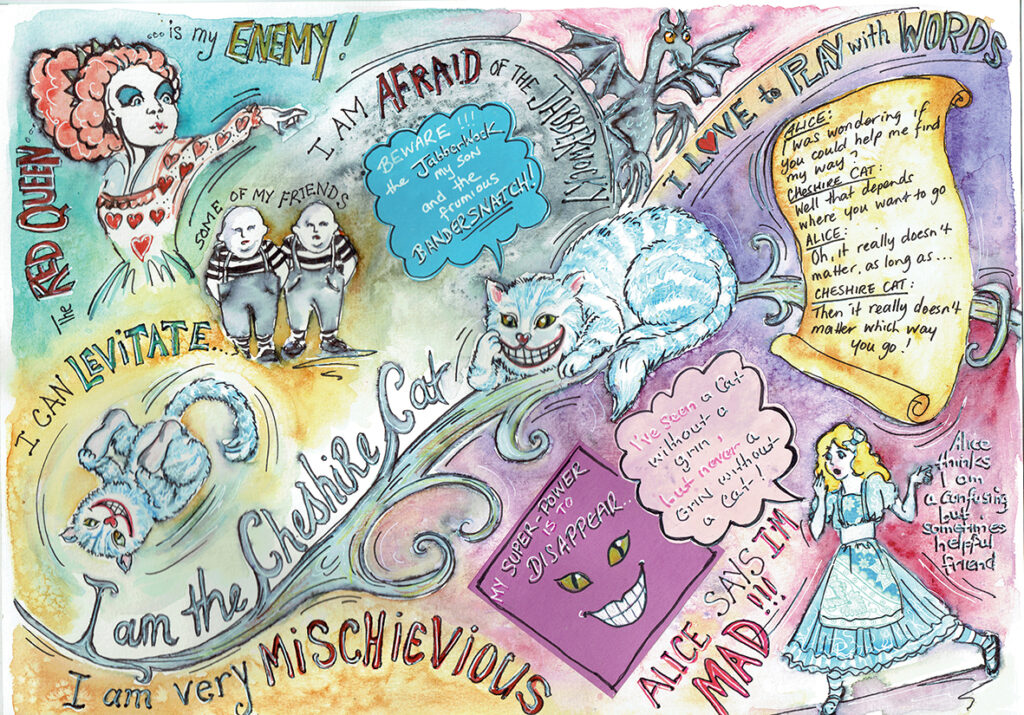
- THIS IS MY LIFE!
- Create a visually driven journal page from the point of view of a character. Consider including pictures, symbols, colour and momentos (ticket, receipt, postcard, note). Also include quotes as well as information about likes, dislikes, family, friends, fears, experiences/adventures and personal reflections from the character.
- Create a social media account or profile from the perspective of a character (Fakebook or Instagram).
- Research “Fakebook for classrooms” for examples and ideas
- Imaginary accounts such as this also provide a teaching opportunity about perspective and point of view.
- Text messages – create a dialogue between two characters in the form of text messages. In these text messages, discuss an intriguing part of the plot from each of their perspectives.
Create a Kahoot
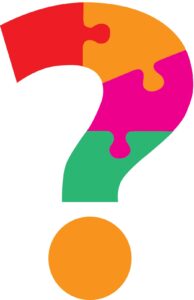
- CREATE A KAHOOT
- Kahoot is a platform to quickly and easily create quizzes as well as surveys that can be used on any device. Images as well as YouTube videos can be included in these quizzes.
- Some possible game ideas could include:
- Title please? – create a quiz where each question contains a series of emojis to represent characters or events in a book. Students use these emojis as clues to guess the title of a book.
- Be an explorer and go on a literary tour – create a quiz where photos or pictures of well known literary places are shown. Attach questions to each of these.
- Memory game – for example, use pictures of scenes from a book. Set a time limit to view each image.Attach a set of multiple choice questions for each image to assess recall of details.
- Watch a YouTube clip and ask questions: relating to the content discussed
Crack the Code and Discover the Treasure
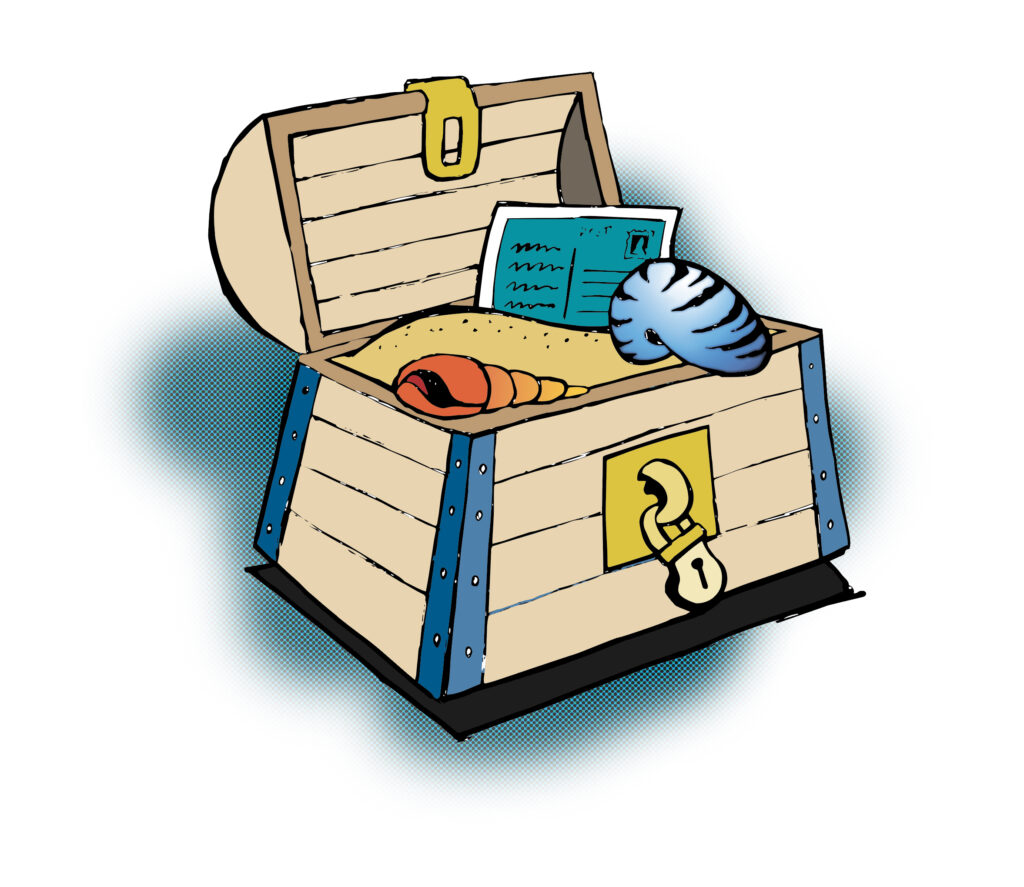
- CRACK THE CODE AND DISCOVER THE TREASURE
- This is inspired by an escape room challenge, but modified to be easily used and enjoyed in a classroom or at home.
- How it works? Children are given a literary mystery to solve – it could be as simple as guessing the title of the next read aloud book.
- Other mysteries could include: finding a character’s long lost friend, relative, or well known accessory/prop; finding a character or item that has disappeared, or finding a secret stash of …………….
- Divide the children into groups. Explain to the class that there are six (or any number you deem appropriate) boxes, cupboards, containers (anything that can be secured with a padlock) to be unlocked to solve a mystery (in this example, the title of the next read aloud book)
- Then let the children know that each group will need to work together to answer a set of questions to create a code to unlock each padlock. The students will need to be instructed as to the location of the first secured area (the first padlock).
- Once students unlock the first padlock, they will access the next set of questions (these need to be placed in each of the locked areas before children begin this activity and returned after being used). In each secured place, there needs to be instructions or a clue for the location of the next padlock.
- The locks: Possible options could include –
- Letter combination padlocks
- If using padlocks with keys , a number of keys (with possible code combinations marked on them) could be placed near each padlock. Children would need to identify the correct key to open the padlock by finding the key labelled with the code that corresponds to their responses.
- Creating the questions: The questions cannot be open ended.
- Possible types of questions could include:
- Multiple choice questions – ask three or four multiple choice questions. The responses (for example C,B,D,A) make up the code that opens a letter combination padlock.
- True and false questions – the pattern of responses (for example F,T,T,F) create a code to open another letter combination padlock.
- Students could also write answers to questions that have a single word response. Lines or boxes for each letter in the response would need to be included. One letter from each response could be circled, or highlighted in some way . These highlighted letters could create a code to unlock a letter combination padlock.
- Discovering the treasure: the treasure discovered in the final secured place is only limited by your imagination and determined by the mission set at the beginning of the challenge. In this example, it was to discover the title of the next class read aloud book. In this example the last secured place may contain clues about the book – a map relating to a setting, a fact about the author, a picture that gives a clue about the characters. The book could also be included.
